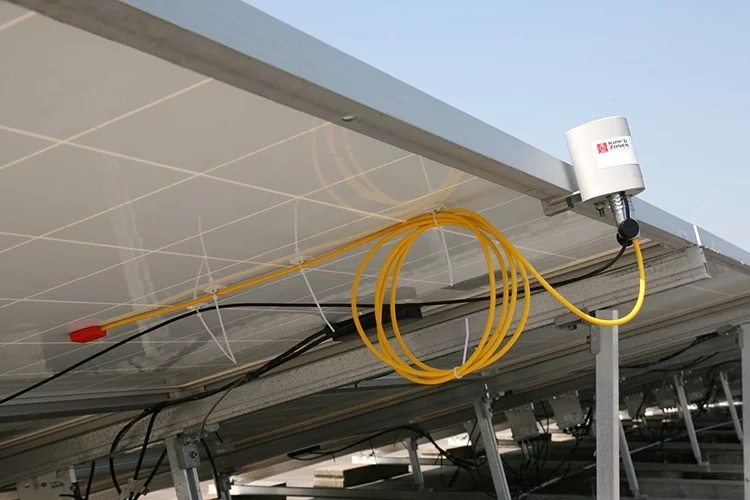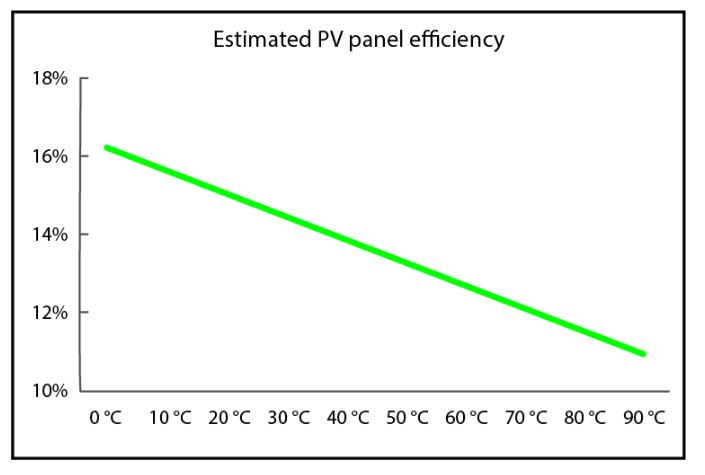RT1 rooftop sensor exceeds expectations
Published: Thursday, September 20, 2018
Last week my product management dashboard started blinking. But why? It turned out to be the alarm I’ve set almost a year ago for reaching 500 delivered and invoiced RT1 sensors. Time for a small celebration as the normal product adaptation period in our market is 3 to 4 years and the RT1 isn’t even a year old. Evidently the RT1 is the right product at the right time.
Ease of installation
The RT1’s ease of installation, combined with the really good PV panel temperature sensor and standard 20m data cable pleased our customers and made the RT1 a competitive product in this challenging market.
If you want to see how easy it is to install an RT1 sensor and its PV panel temperature sensor then go to our brand new video.
Installation video on RT1
Installing the RT1 is really easy. Especially if you fix it on the corner of a PV panel. So actually, an installation video is not necessary. The RT1 is really the easiest PV monitoring sensor to install on the market. For a regular pyranometer, silicon sensor or reference cell, you need extra mounting rods or plates. But the RT1 does not need any extra tools, unless you opt for the side mounting. In that case we supply as standard a small mounting plate, a PowAR Cinch™ clamp and screws. Still very easy. And just to explain how easy, we did make a video. To show that installation really is “easy peasy”.

PV panel temperature
As the product manager for the RT1 I insisted on combining solar irradiation with PV panel temperature measurement because PV panel temperature has a significant influence on the output of the PV panels and shouldn’t be mixed up with influences of e.g. soiling, cable losses and inverter losses. As a bonus, you as the user, only need one cable carrying power and RS485 Modbus data to your data gateway for both measurements.

Less cleaning
Another significant advantage over the competition of flat silicon sensors, often wrongly called reference cells, is the fact that our diffusor that “catches” the sunlight is cone shaped and doesn’t collect dirt as easily as a flat surface with bevelled edges. A little bit of rain is enough to clean the diffusor and the absence of edges assures that all rain and dust easily run off the RT1.
Do you want to know more, download the specs or manual or get a quotation? Go to www.kippzonen.com/rt1.
By Donald van Velsen, Product Manager Kipp & Zonen